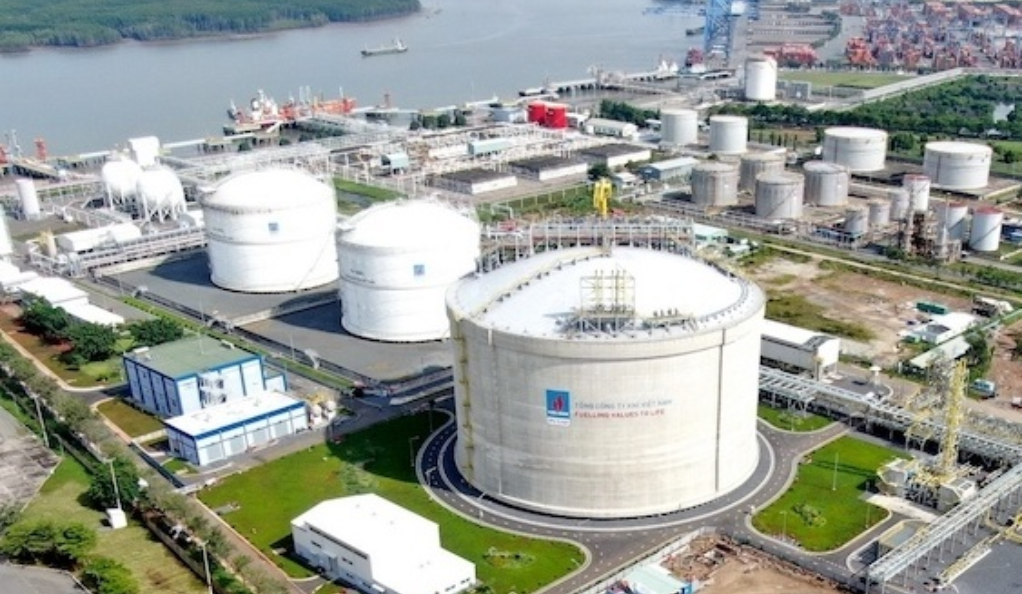Vietnam’s LNG Gamble: An Uncertain Solution to Power Woes
With an economy on the rise and a population approaching 100 million, Vietnam is experiencing a surge in power demand. However, the country’s existing power infrastructure is struggling to keep up with this ever-increasing need. As a result, the government is now turning to liquefied natural gas (LNG) as a potential solution to its power woes. In this article, we will explore the growing power demand in Vietnam and assess the viability of LNG as a solution.

Vietnam’s Growing Power Demand
Vietnam’s rapid economic growth and urbanization have led to a significant increase in power demand over the past decade. According to the Ministry of Industry and Trade, the country’s annual power consumption has been growing at an average rate of 10% per year since 2000. By 2030, Vietnam’s power demand is expected to triple, reaching up to 130-150 billion kilowatt-hours (kWh).
The main drivers of this surging demand are industrialization, urban expansion, and a rising middle class. Manufacturing industries, such as textiles, electronics, and automotive, require substantial amounts of energy. Moreover, the increasing number of households and their higher living standards have led to a rise in residential power consumption. To meet this demand, Vietnam needs to find a reliable and sustainable energy source.
Assessing the Viability of LNG as a Solution
LNG is gaining attention as a potential solution for Vietnam’s power shortage due to its cleaner burning characteristics compared to coal and its increasing availability worldwide. The government has already started investing in LNG infrastructure, including construction of LNG terminals and import facilities. However, the viability of LNG as a long-term solution to Vietnam’s power woes remains uncertain.
One key challenge is the high cost of LNG infrastructure development and importation. Building LNG terminals requires significant capital investment, and importing LNG incurs transportation and regasification costs. These expenses could place a strain on the country’s already stretched budget. Additionally, LNG prices are subject to global market fluctuations, which could lead to increased electricity prices for consumers.
Another concern is the country’s heavy reliance on imported LNG. Vietnam currently lacks domestic LNG production capacity, making it heavily dependent on imports, mainly from Australia, Malaysia, and Qatar. This reliance on foreign sources raises concerns about energy security and potential geopolitical risks. Moreover, it exposes Vietnam to potential supply disruptions and price volatility.
While LNG shows promise as a potential solution to Vietnam’s power woes, there are still significant uncertainties that need to be addressed. The high cost of infrastructure development and importation, coupled with the country’s heavy reliance on imports, pose challenges to the long-term viability of LNG as a solution. As the government continues to invest in LNG infrastructure and explore other renewable energy options, careful consideration of the economic and strategic implications is essential. Only through comprehensive planning and strategic decision-making can Vietnam find a sustainable solution to its growing power demand.
AllIn1Bitcoins works diligently to offer impartial and trustworthy data on cryptocurrency, finance, trading, and stocks. Nonetheless, we are unable to furnish financial counsel and encourage users to undertake their own inquiries and due diligence.












